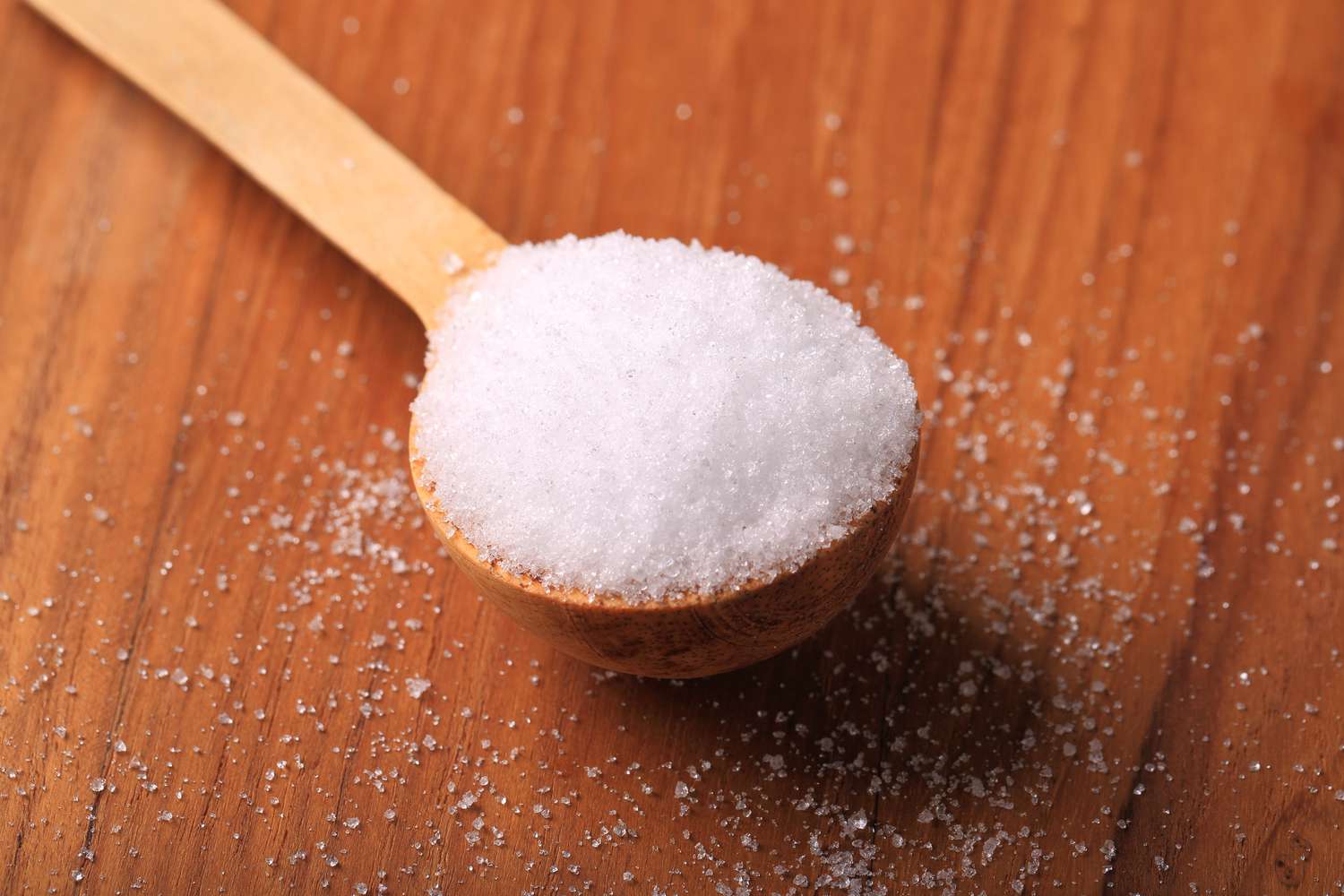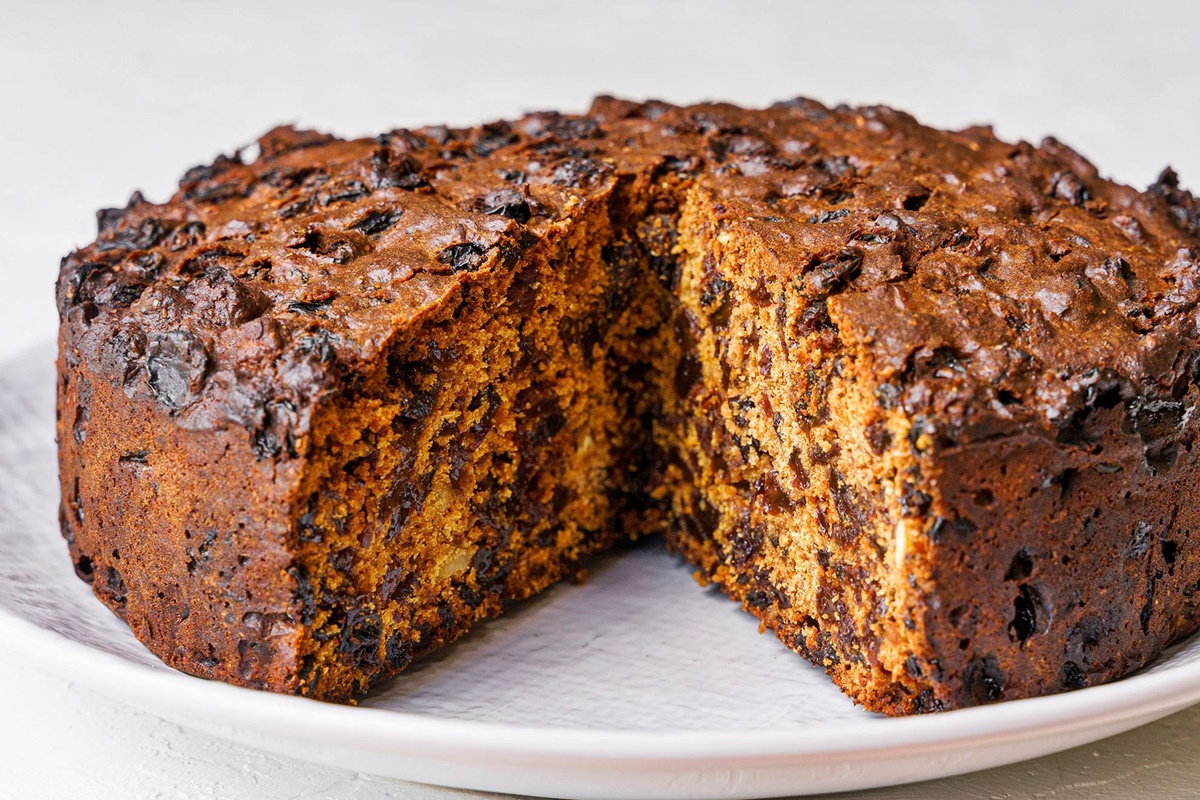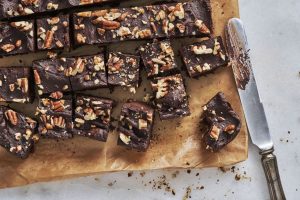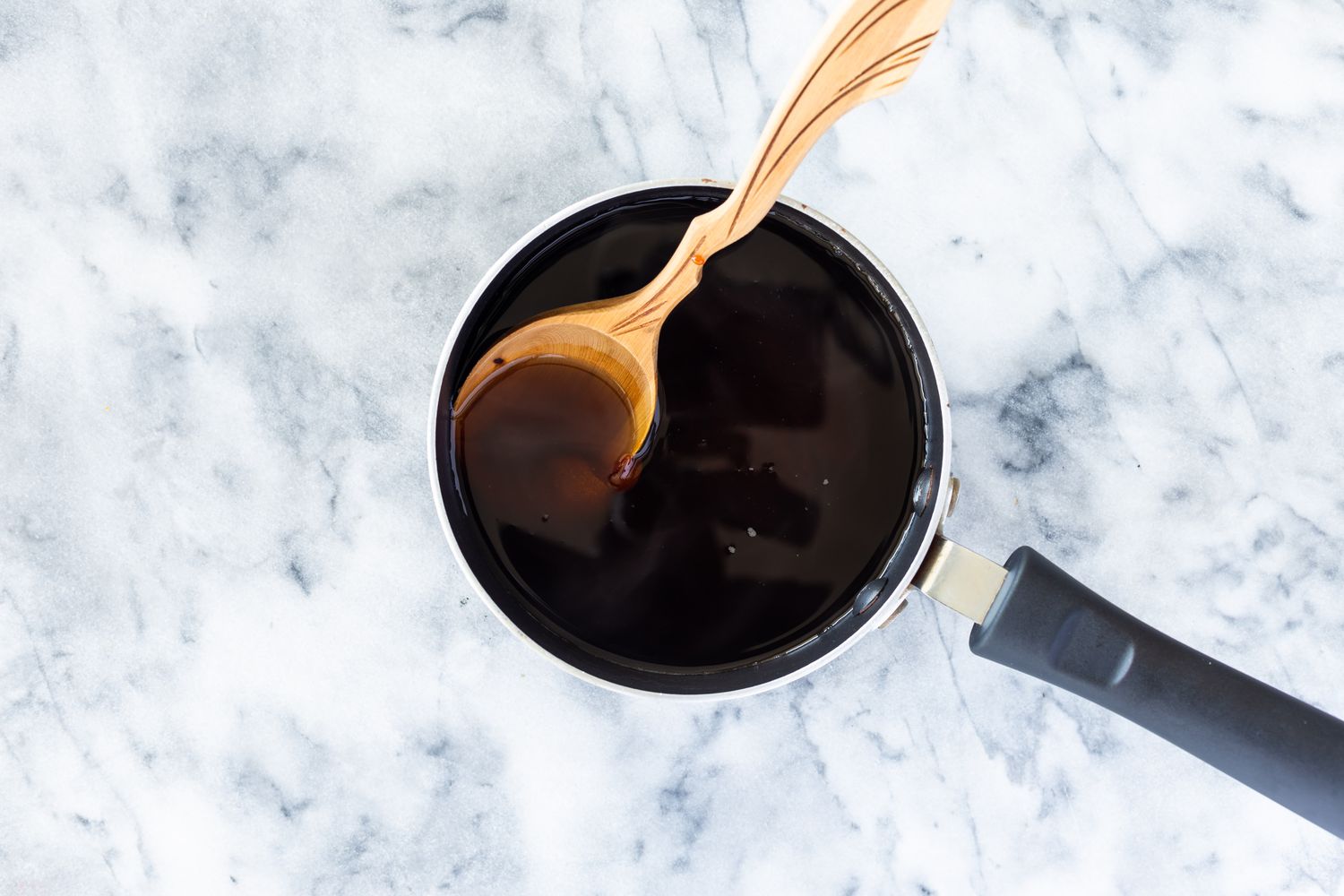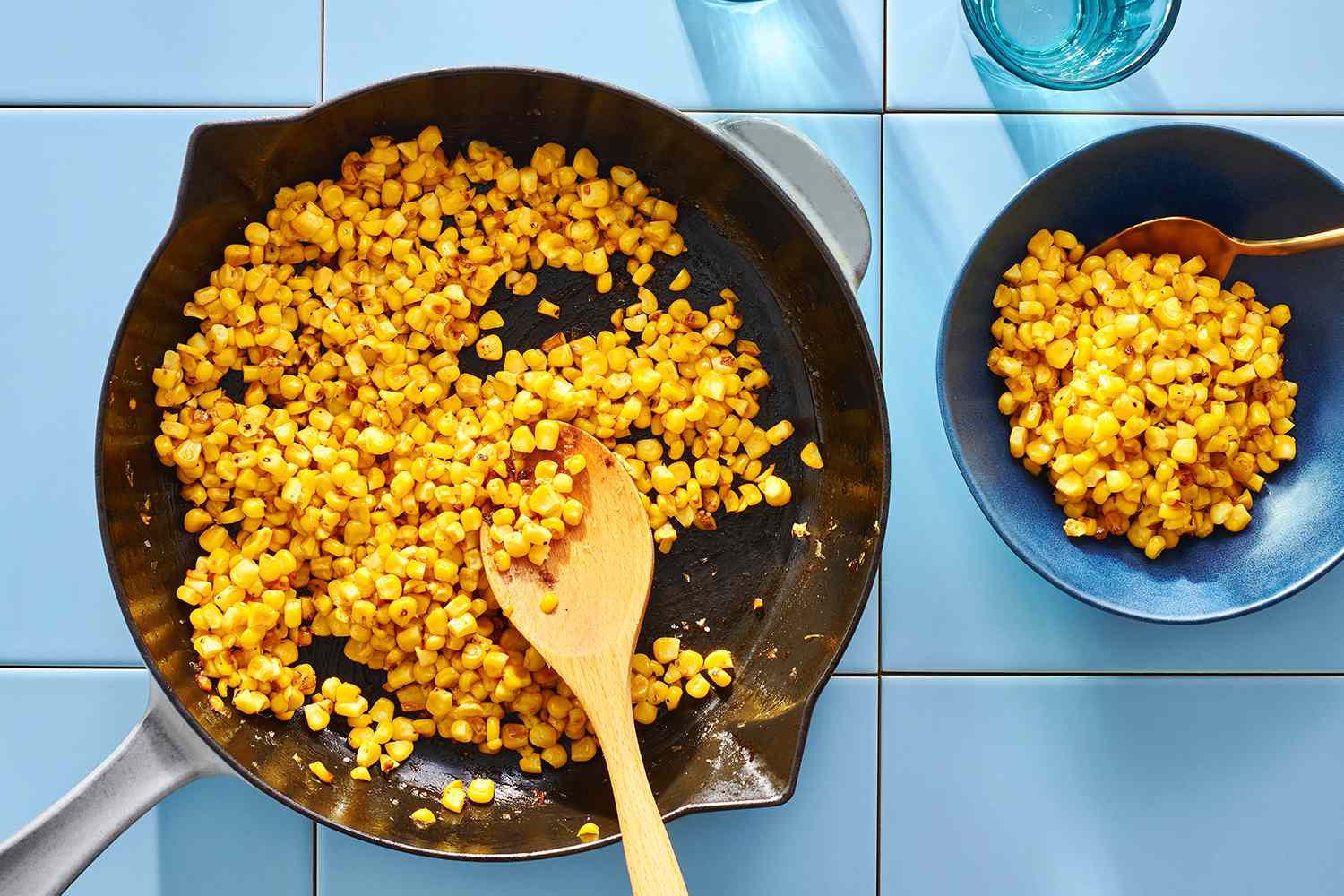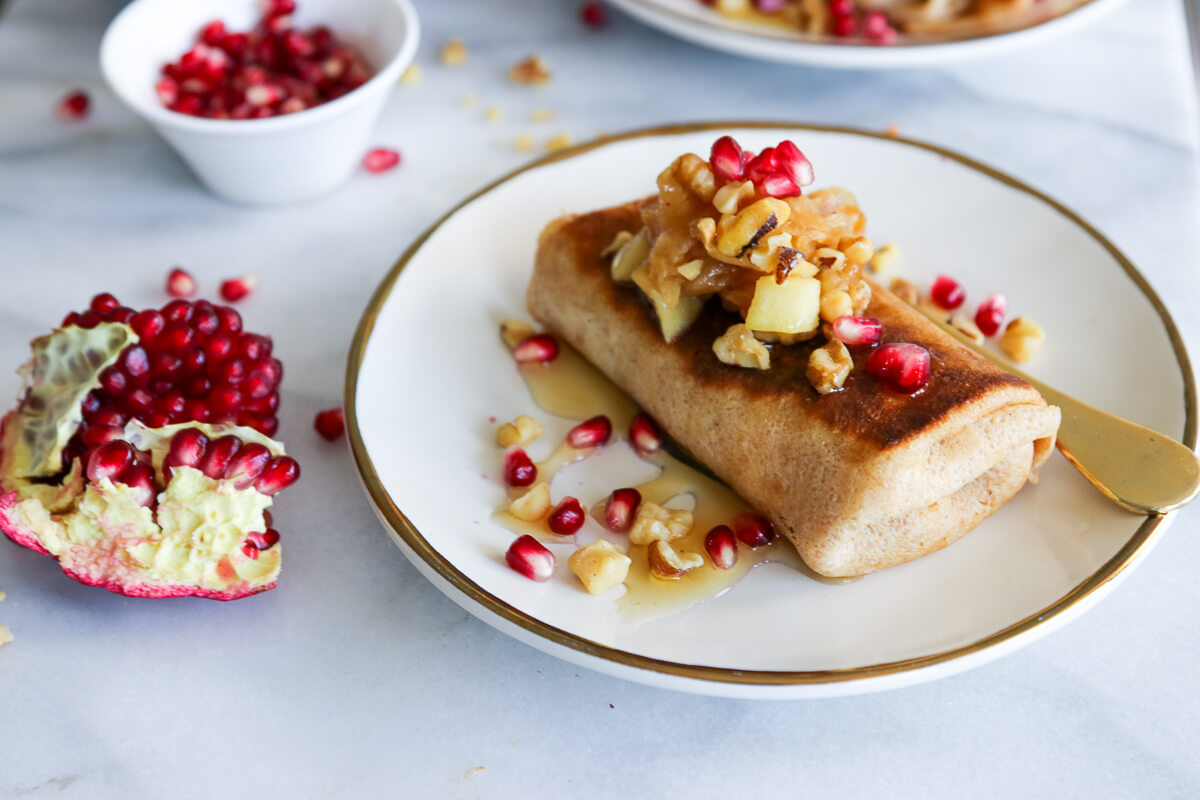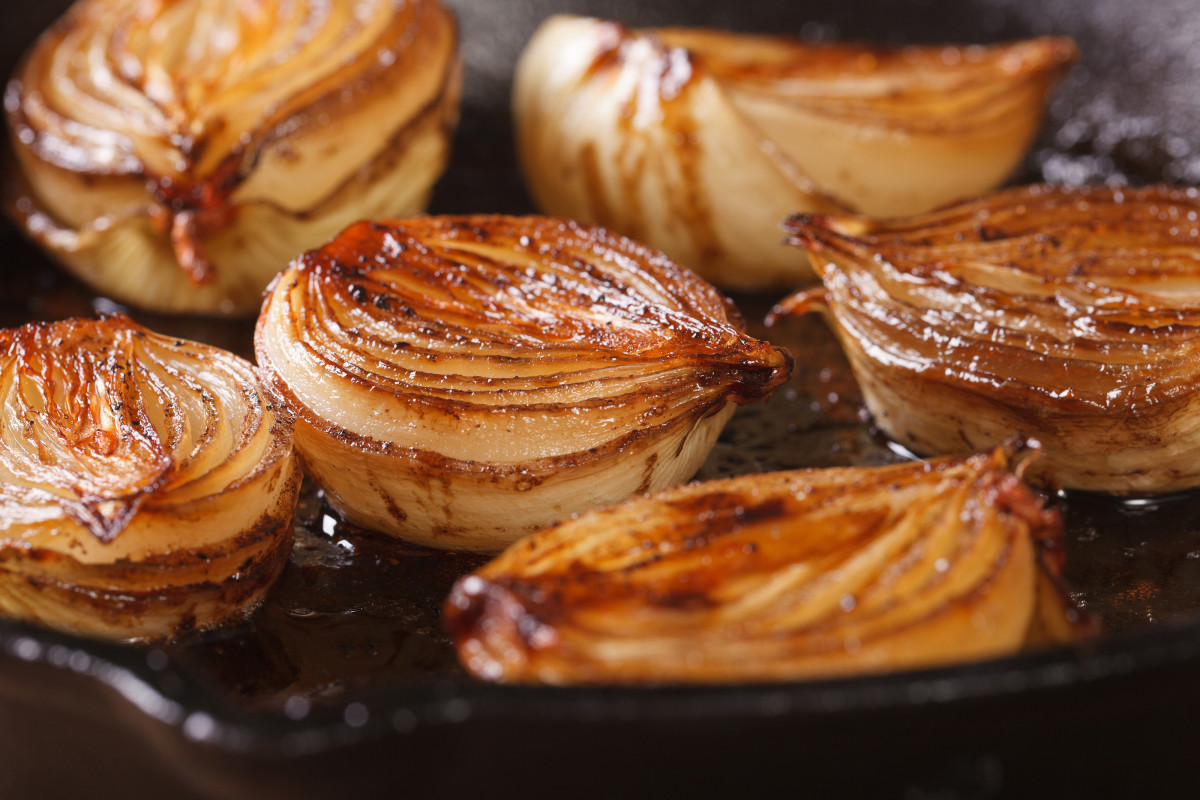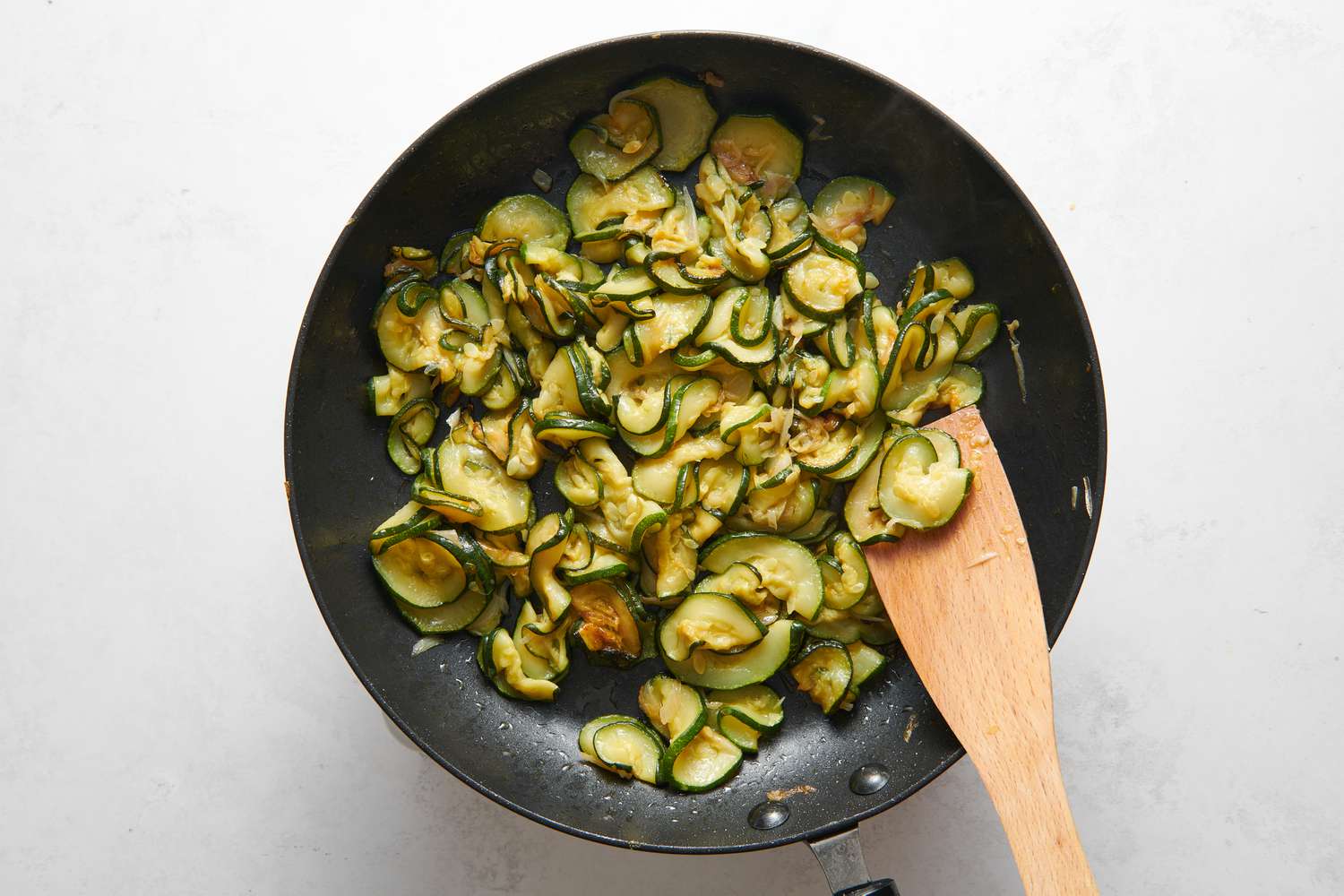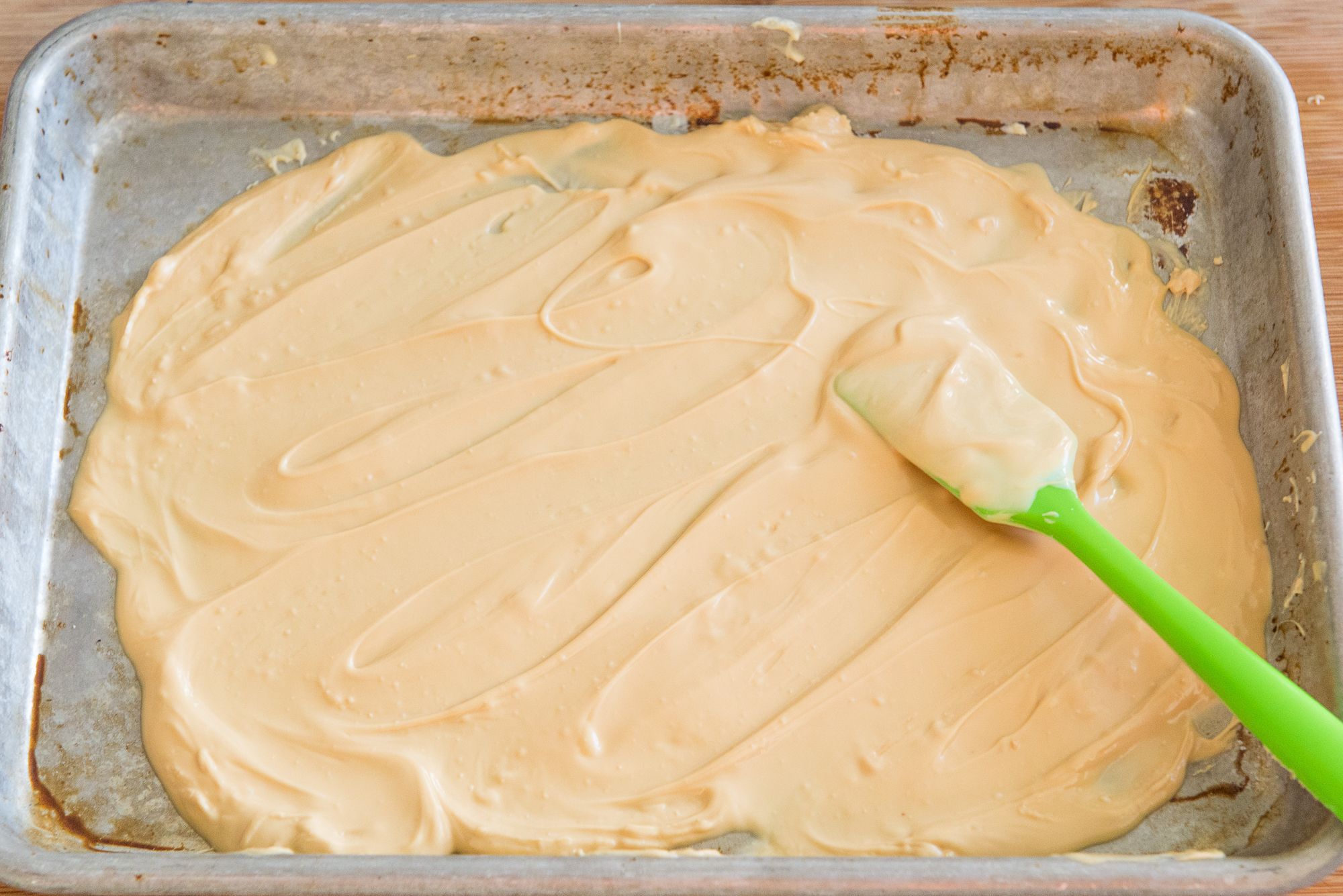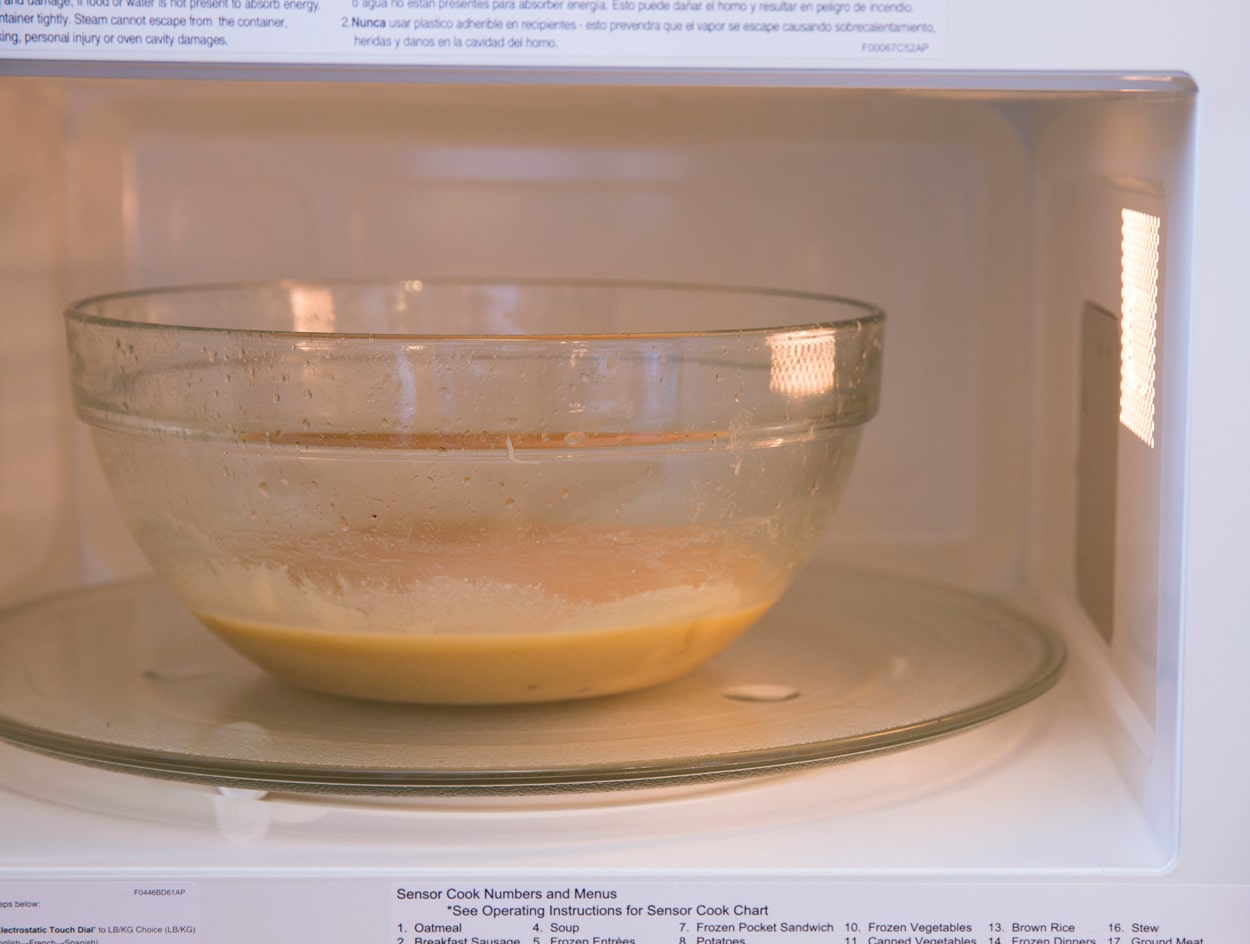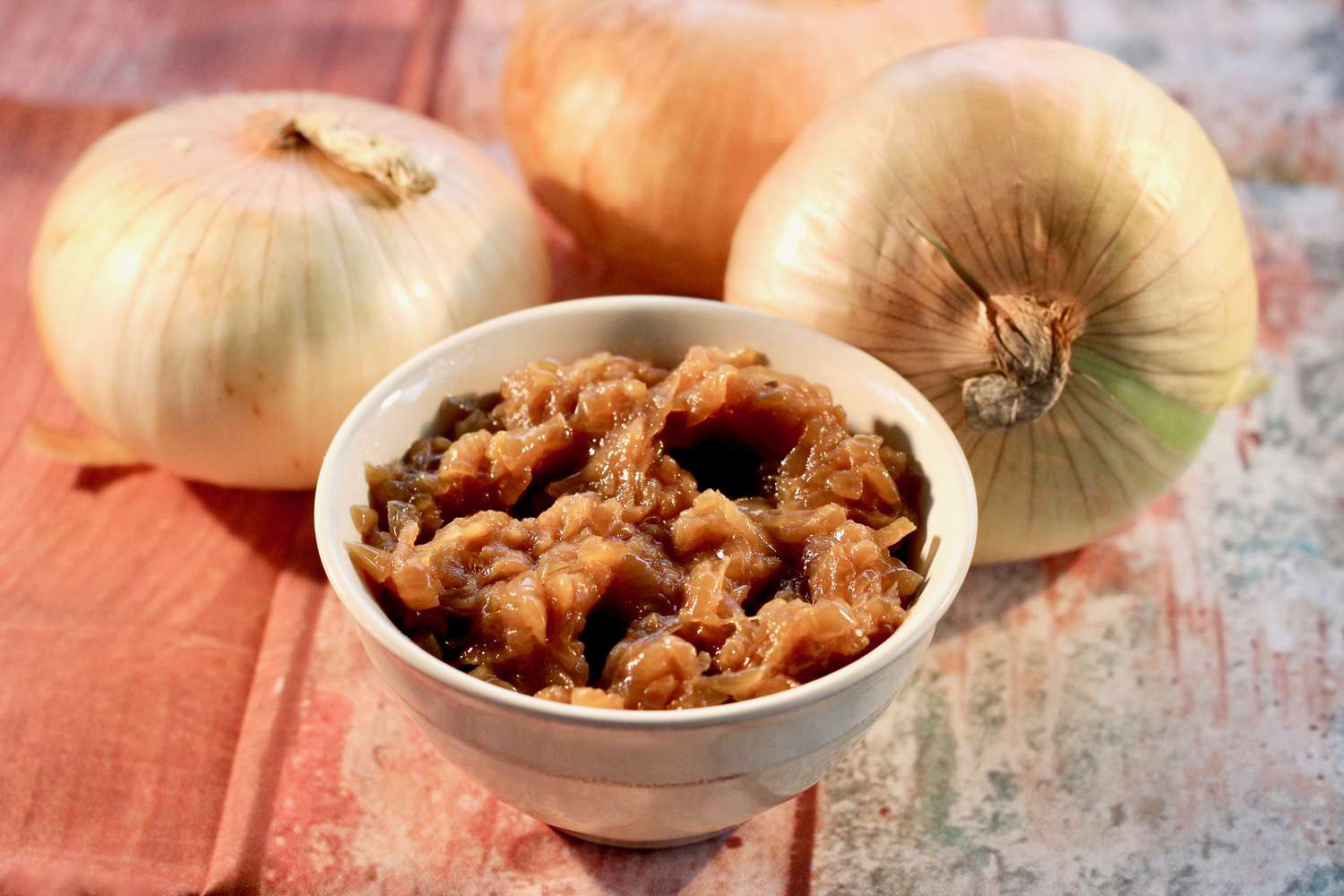What is Erythritol?
Erythritol is a sugar alcohol that is commonly used as a low-calorie sweetener. It occurs naturally in some fruits and fermented foods, but the erythritol used in commercial products is typically produced from glucose by fermentation with yeast. Erythritol is popular because it has zero calories and does not raise blood sugar levels, making it a suitable option for people looking to reduce their sugar intake.
Why Caramelize Erythritol?
Caramelizing erythritol can add a rich, complex flavor to your dishes without adding extra calories or sugar. It’s a great way to add sweetness and depth to your desserts, sauces, and glazes while keeping them low in calories. However, it’s important to note that erythritol doesn’t caramelize as easily as regular sugar due to its high melting point, so it requires a slightly different approach.
How to Caramelize Erythritol
While caramelizing erythritol may require a bit more patience and attention to detail, the results are well worth the effort. Here’s a simple guide to help you achieve that perfect caramelization:
- Use a Heavy-Bottomed Pan: Start by using a heavy-bottomed pan to ensure even heat distribution and prevent hot spots that can cause the erythritol to burn.
- Heat the Pan: Place the pan over medium heat and allow it to preheat before adding the erythritol. This will help the erythritol melt and caramelize evenly.
- Add the Erythritol: Sprinkle the erythritol evenly over the bottom of the pan. Use a spatula to spread it out into an even layer for consistent caramelization.
- Stir Occasionally: As the erythritol begins to melt, use a heat-resistant spatula to gently stir it. This will help prevent burning and ensure that it caramelizes evenly.
- Watch Closely: Keep a close eye on the erythritol as it melts and caramelizes. It can go from golden brown to burnt very quickly, so be attentive throughout the process.
- Remove from Heat: Once the erythritol has reached your desired level of caramelization, remove the pan from the heat immediately to prevent it from burning.
- Use Caution: Be careful when working with caramelized erythritol, as it can become extremely hot and cause burns if it comes into contact with your skin.
Ways to Use Caramelized Erythritol
Now that you’ve mastered the art of caramelizing erythritol, you can use it in a variety of ways to enhance your culinary creations:
- Desserts: Add caramelized erythritol to your favorite dessert recipes, such as custards, ice creams, and tarts, for a deliciously sweet and complex flavor.
- Sauces and Glazes: Use caramelized erythritol to create rich and flavorful sauces and glazes for meats, vegetables, and seafood.
- Baked Goods: Incorporate caramelized erythritol into your baked goods, such as cookies, brownies, and cakes, to add a hint of caramel sweetness.
- Beverages: Stir caramelized erythritol into hot drinks like coffee and tea for a touch of indulgent sweetness without the extra calories.
Conclusion
Caramelizing erythritol is a great way to add depth and complexity to your dishes while keeping them low in calories and sugar. With a bit of patience and attention, you can achieve beautifully caramelized erythritol that will elevate your culinary creations to the next level.
